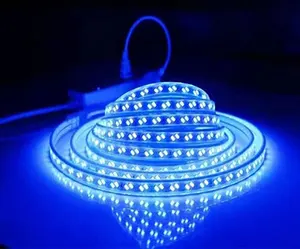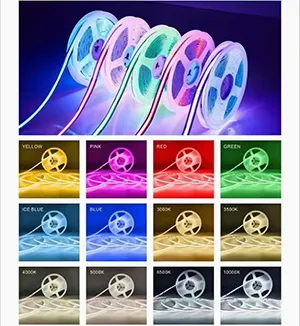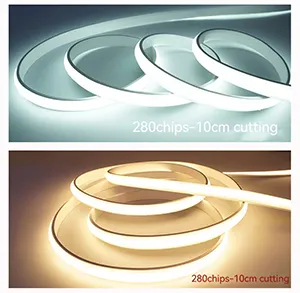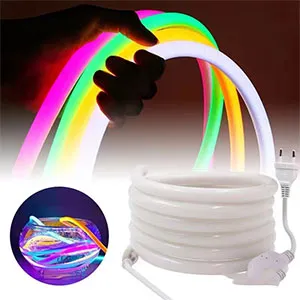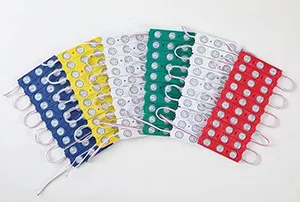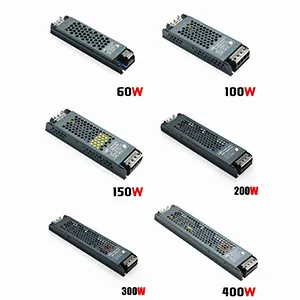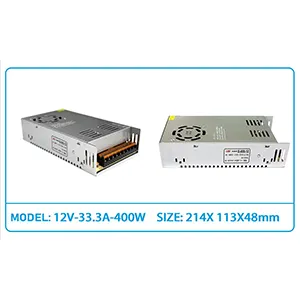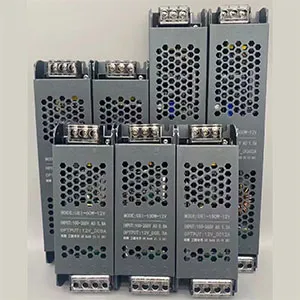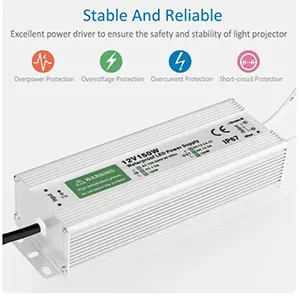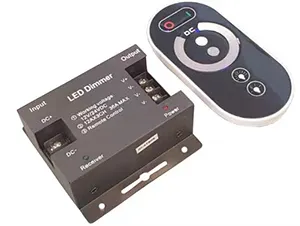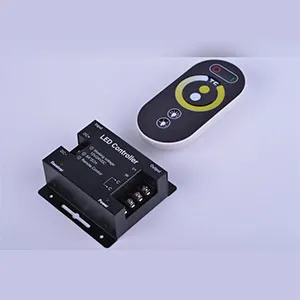How to Match LED Power Supplies with Different LED Types?
Matching the correct LED power supply with various types of LEDs is crucial for optimal performance and longevity of your lighting system. This article breaks down the essentials of choosing the right power supply for different LED configurations, ensuring your setup runs smoothly and efficiently.
Understand LED Specifications
Before selecting a power supply, you must understand the specifications of your LEDs. Key details include:
- Forward Voltage (Vf): This is the voltage required for the LED to light up. Typical values range from about 2 volts for red LEDs to 3.3 volts for blue and white LEDs.
- Operating Current (If): This indicates how much current the LED needs to function properly, usually around 20 to 350 milliamps for standard LEDs.
Gather Data on Your LED Array
Calculate the total voltage and current requirements if you’re using multiple LEDs. For series circuits, add up the forward voltages; for parallel circuits, sum up the currents.
Selecting the Right LED Power Supply
Check Voltage and Current Ratings
Choose a power supply that matches or exceeds the total voltage and current your LED setup requires. For instance, if you’re powering a series of ten white LEDs (each with a Vf of 3.2V), you’ll need a power supply outputting at least 32 volts.
Consider Power Supply Types
There are mainly two types of power supplies for LEDs: constant voltage and constant current.
- Constant Voltage: Ideal for parallel LED setups. Ensures that the voltage remains stable. A typical choice is a 12V or 24V power supply, widely used in LED strips.
- Constant Current: Best for series-connected LEDs to maintain consistent brightness across all LEDs by regulating the current.
Factor in Dimming Requirements
If dimming is a part of your LED application, make sure the power supply supports it. Some supplies are compatible with PWM (Pulse Width Modulation), which allows for precise brightness control without altering the light color.
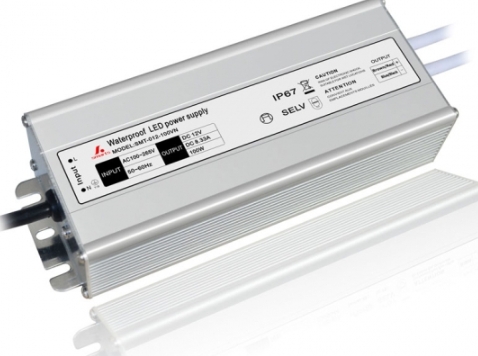
Safety and Performance Features
Check for Safety Certifications
Ensure your power supply has relevant safety certifications like UL or CE, indicating it meets high safety standards.
Assess Environmental Conditions
Consider the operating environment. If your LEDs are in a high-moisture area, opt for a power supply with a higher IP rating for water and dust resistance.
Practical Application and Testing
Once you’ve matched your LEDs with the appropriate power supply, test the system under different conditions to ensure stability and performance. Adjust as necessary to avoid issues like flickering or uneven brightness.
Utilize Quality Supplies for Better Outcomes
For top-notch performance, it’s wise to invest in high-quality power supplies designed specifically for LED applications. This ensures durability and efficiency. For premium choices in LED Power Supplies, explore options that provide reliability and enhanced features suited to your specific needs.
By carefully matching your LED power supply to the type of LEDs you are using, you create a robust and efficient lighting system. This not only saves energy but also extends the lifespan of your LEDs, providing a consistent and reliable light source for your space.







